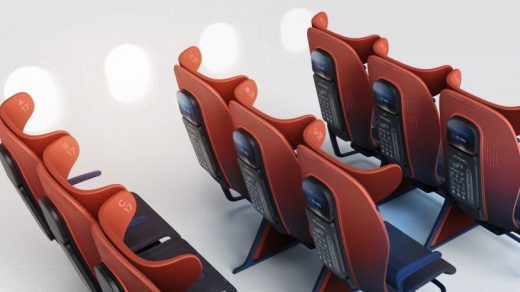This revolutionary fabric could make flying economy less terrible
We all know that sitting in an economy class seat on an airplane is murder on your back, your legs, and your sanity. But a new concept developed for the airplane manufacturer Airbus claims to be able to ease your aches and pains through a smart textile.
The Magic Of Conductive Thread
The London-based design firm Layer has created a prototype seat that’s knitted with conductive thread. During a plane ride, electrical currents pass through the thread, altering the firmness of different parts of the seat, based on the sitter’s weight, size, and movements. Think of it as automated ergonomics. Through an app, the passenger can further adjust the seat, making it softer or firmer and even hotter or cooler.
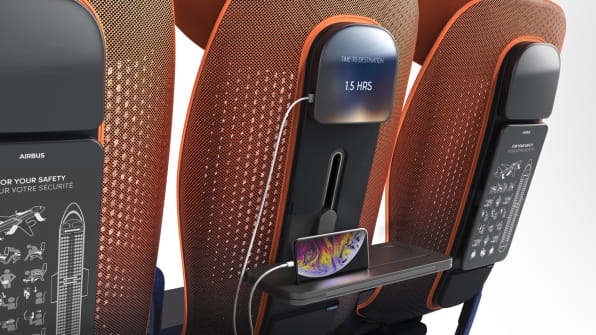
The conductive thread can also track how someone is sitting over time. In the concept Layer produced, passengers download an app that gives them recommendations for how to get comfortable in their seat. For instance, the app might send you a notification if it sees that you’ve sat in a contorted position for too long, reminding you to get up and move around the cabin or drink more water. It will also guide you through in-seat stretches.
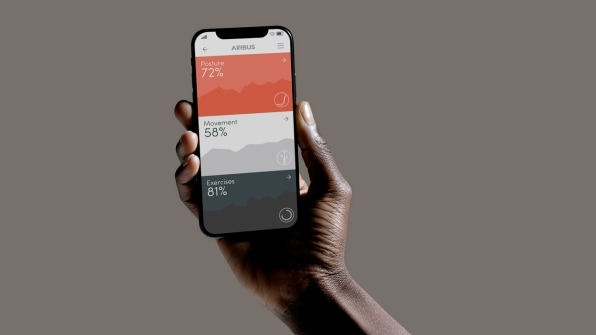
For Benjamin Hubert, founder of Layer, the design is meant to help people who might feel their body hurting, but don’t know how to address it. “They know they’re uncomfortable, but they might not know why,” he says. “The insight is informing passengers about what they’re doing in their seats, how it relates to ergonomics, comfort, and exercise, and putting those two bits of information together, it can coach you to sit better and to exercise more.”
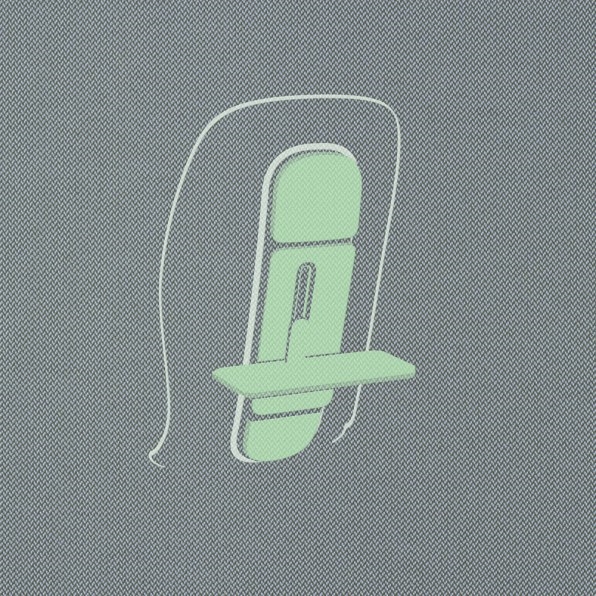
Vertical Tray Tables
Of course, the best way to achieve this would be to simply make seats more comfortable, and give passengers more space. But airlines aren’t going to do that anytime soon, given that their business is built upon cramming as many people onto a plane as possible. Layer was charged with figuring out ways to make the seat more comfortable within the current dimensions. Another way the team tried to do that was to reorient the tray table so that it’s vertical instead of horizontal. Typical airplane seats have a large contraption on their backs that holds the tray table in place. But it’s a space hog. Passengers–especially taller passengers–always bump into it with their knees. But with a vertical table, the tray system occupies only the middle of the seatback in front of you, so your knees straddle it. Hubert thinks that change could save up to an inch of room for your knees.
“This is what airlines and aircraft manufacturers spend years and years working on–to find those extra centimeters or millimeters in that experience, because it makes a huge difference in a 10- to 12-hour flight,” Hubert says.
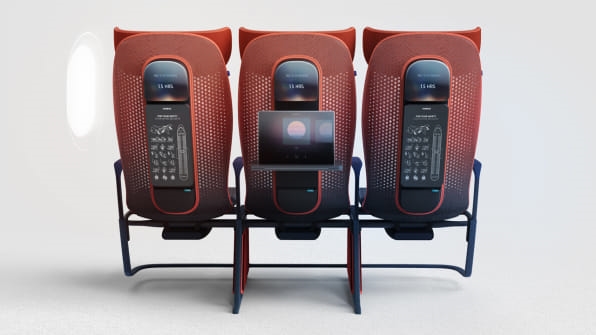
Less Weight And Less Waste
The seats are also designed to be lighter than typical airline seats with a carbon fiber frame. Additionally, the smart textile seat covers don’t need as much foam as traditional seat covers, so they shed weight there, too. And the lighter the plane, the more money an airline saves on fuel.
Layer’s prototypes were made using digital knitting techniques–the same kind of technology used to make Nike Flyknit shoes–which keeps waste to a minimum because the seat covers can be knit to exactly the right size, without any excess fabric left unused. The vertical tables are modular so that airlines can decide whether they want to provide a screen for in-flight entertainment on more premium flights or ask people to simply use their own–another way to reduce weight.
Hubert says that Layer will continue developing prototypes for Airbus going forward, and Airbus will ultimately decide whether or not to scale up and commercialize the prototype.
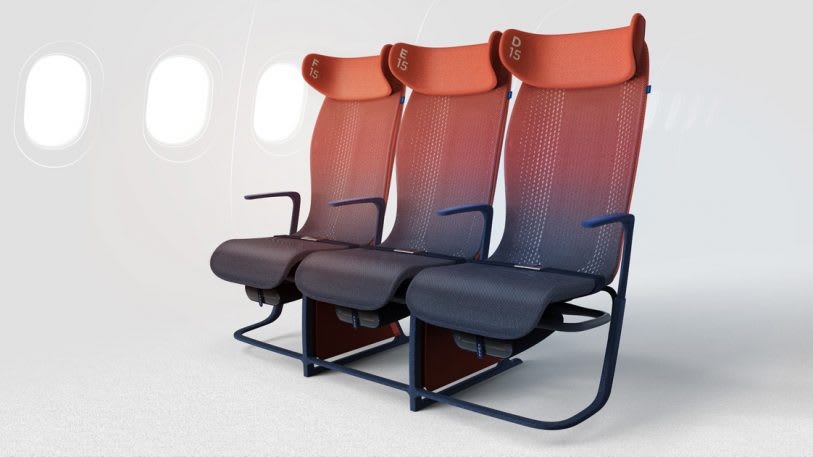
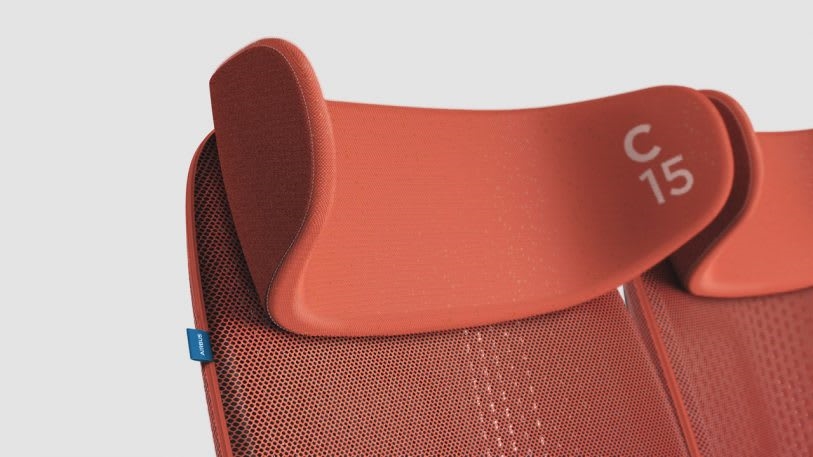
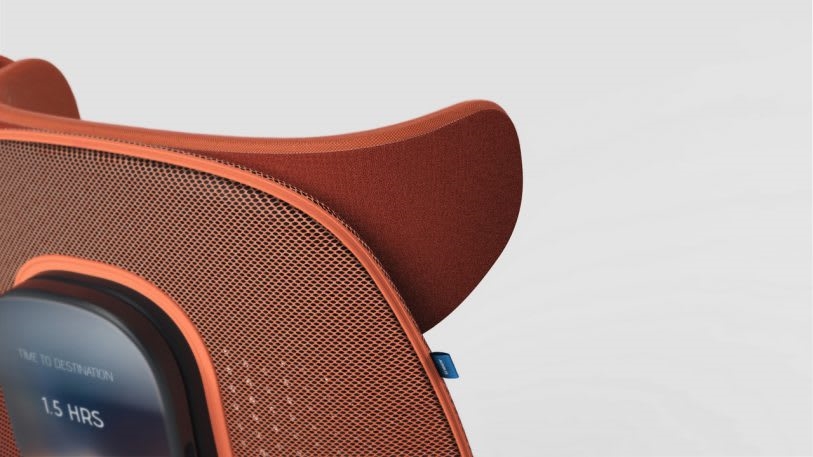
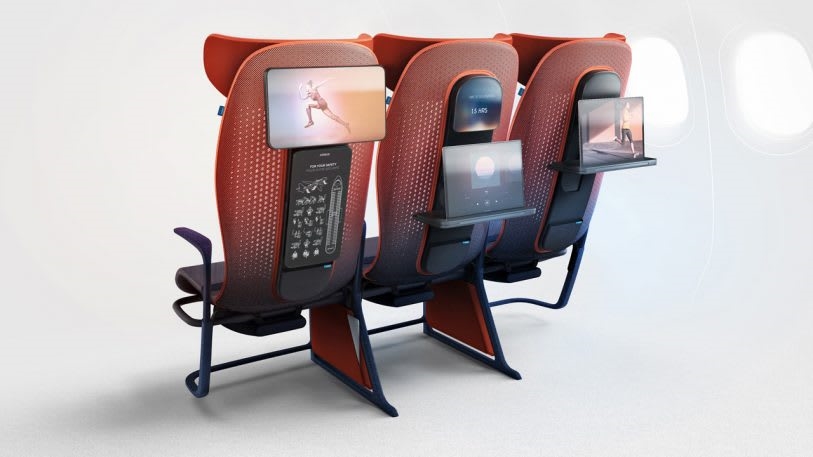
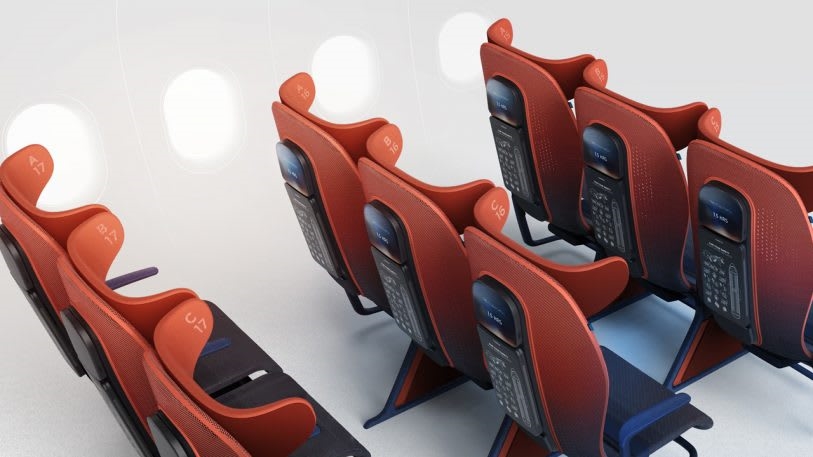
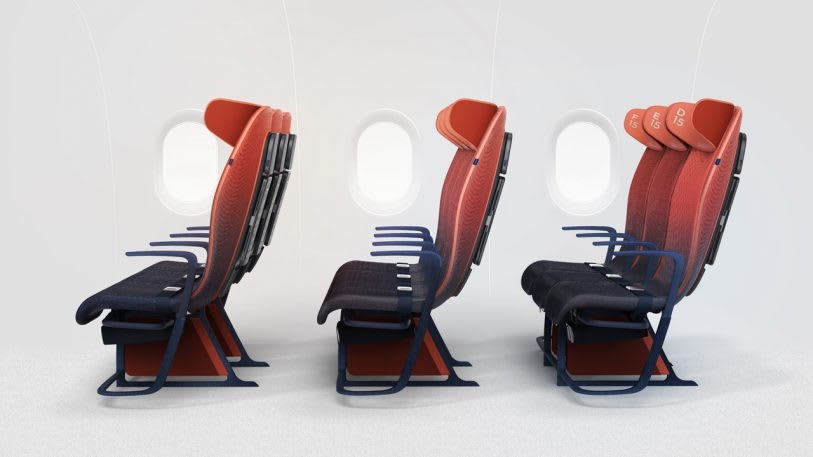
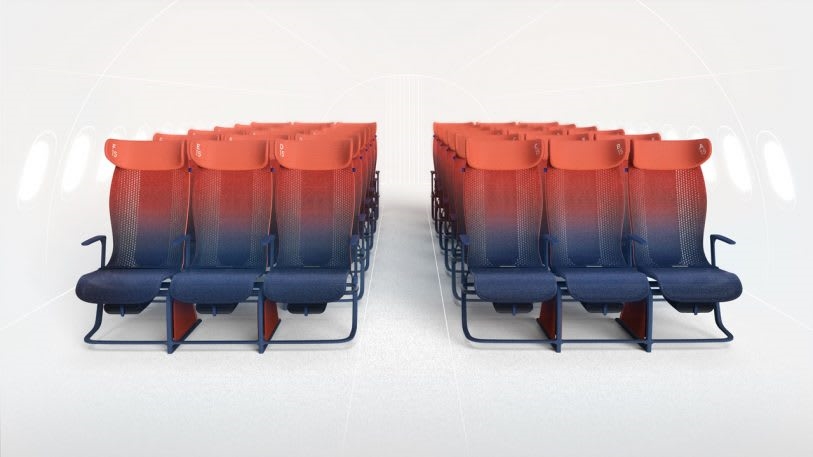
Fast Company , Read Full Story
(38)

